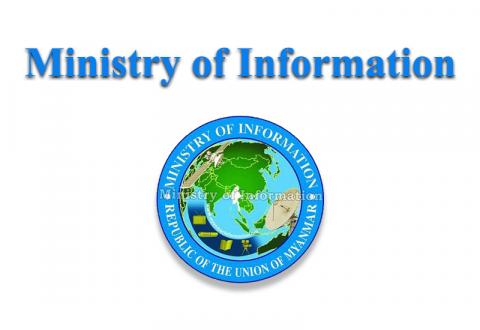Protect the existence of migratory and domestic birds
RECENT information released by social media and other platforms mentioned that four waterbird species, which were not found last year, have been rediscovered and recorded at Indawgyi Lake and related wetland areas in Mohnyin Township, Kachin State. These species include three Lesser Adjutants, 130 Eurasian Teals, 10 Northern Lapwings, and 30 Northern Shovelers.
In the survey of water bird populations at Indawgyi Lake and related wetlands in January 2025, data recorded a total of 20,207 birds from 46 species, including rare migratory and domestic bird species, according to the warden’s office of the Indawgyi Wildlife Sanctuary. Scientists state that birds are closely related to dinosaurs in the evolutionary process. In human society, people have been monitoring bird movements and health conditions for many years to predict environmental changes. Observing bird movements helps humans anticipate natural phenomena in advance.
Myanmar is one of the key regions for biodiversity. Its geographical conditions and natural environment attract migratory birds from all over the world, along with domestic water birds, to hibernate at Indawgyi Lake and its wildlife sanctuary. Migratory birds arrive at Myanmar’s wetlands, wildlife sanctuaries, Ramsar sites and other natural areas, including Indawgyi Lake, from temperate regions via the Central Asian Flyway and the East Asia-Australasian Flyway.
More than 10,000 bird species inhabit various parts of the world. Among them, a total of 1,146 species have been recorded in Myanmar, making it one of the most biodiverse countries in Southeast Asia. Around 200 of these species are migratory birds that visit Myanmar only during the cold season, while the rest are resident species. However, some resident birds travel across different regions of the country. These birds play a crucial role in maintaining environmental balance and contributing to conservation efforts. Therefore, it is essential to take action against the illegal hunting and trade of these birds.
The lifespan of birds depends on human activities. As urbanization increases across the nation, bird habitats are shrinking. Additionally, some people illegally hunt and kill various bird species. Therefore, authorities and relevant voluntary organizations must protect the lives of critically endangered bird species in both urban and rural areas and take effective action against illegal bird hunters and traders as part of conserving Myanmar’s environment. Moreover, environmentalists and bird-watchers have to participate in the enhancement of the ecosystem of the nation, supporting the functions of government organizations as much as possible to shape a pleasant environment in Myanmar.
#TheGlobalNewLightOfMyanmar

